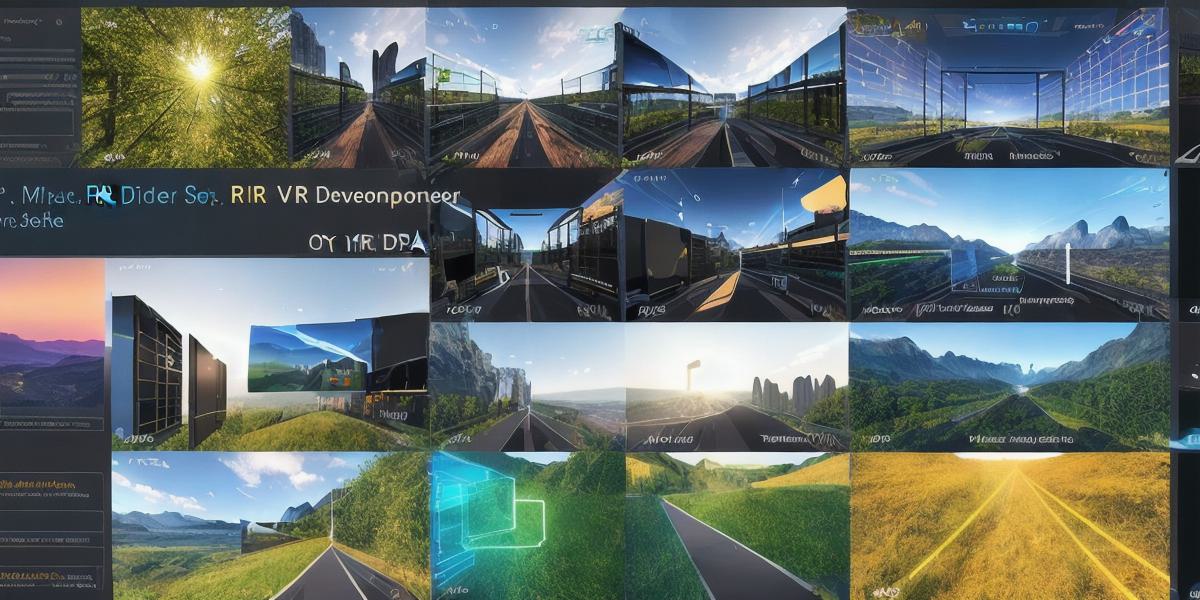As virtual reality (VR) technology continues to evolve, it’s important for developers to understand the different types of immersive experiences that are available. In this guide, we will explore the key differences between extended reality (XR), augmented reality (AR), and mixed reality (MR) to help you make informed decisions about which technology is right for your project.
1. What is XR?
Extended reality (XR) refers to any type of immersive experience that extends beyond the real world. This includes VR, as well as other forms of immersion such as augmented reality and mixed reality. XR experiences are designed to create a sense of presence in the user, making them feel like they are physically present in a different environment.
2. What is AR?
Augmented reality (AR) is a type of XR that superimposes digital content onto the real world. This content can be anything from simple graphics to complex 3D models, and it is typically displayed on a device such as a smartphone or tablet. AR experiences are designed to enhance the user’s perception of the real world by adding additional information or interactive elements.
3. What is MR?
Mixed reality (MR) is another type of XR that combines elements of both AR and VR. MR experiences are designed to create a seamless blend of virtual and real-world content, allowing users to interact with both in a natural and intuitive way. MR experiences typically use advanced tracking technology to allow the user’s movements to be accurately mapped onto the virtual environment.
- Which technology is right for your project?
The choice between XR, AR, and MR will depend on several factors specific to your project, including the desired level of immersion, the type of content you want to create, and the target audience. For example, if you’re creating a game or training simulation that requires a high level of immersion, VR may be the best choice. On the other hand, if you want to create an interactive product guide or marketing campaign, AR may be more appropriate. - Real-life examples
There are many real-life examples of successful XR, AR, and MR projects across a wide range of industries. For example, in healthcare, VR is being used to treat conditions such as PTSD and anxiety disorders, while MR is being used for surgical training. In the retail industry, AR is being used to help customers visualize products in their homes before making a purchase. - Expert opinions
According to a recent survey of VR developers, the majority (74%) believe that AR will be more popular than VR in the next 5 years. This suggests that if you’re planning a project that requires immersion, it may be worth considering AR as an option. - FAQs
Q: What is the difference between XR, AR, and MR?
A: XR refers to any type of immersive experience, while AR and MR are specific types of XR that superimpose digital content onto the real world.
Q: Which technology is best for my project?
A: The choice will depend on factors such as the desired level of immersion, the type of content you want to create, and the target audience.
Q: What are some real-life examples of successful XR, AR, and MR projects?
A: There are many examples across a wide range of industries, including healthcare, retail, and entertainment.
In conclusion, XR, AR, and MR are all powerful tools for creating immersive experiences that can captivate and engage users. By understanding the key differences between these technologies and choosing the one that best suits your project, you can create a truly unforgettable experience for your audience.
